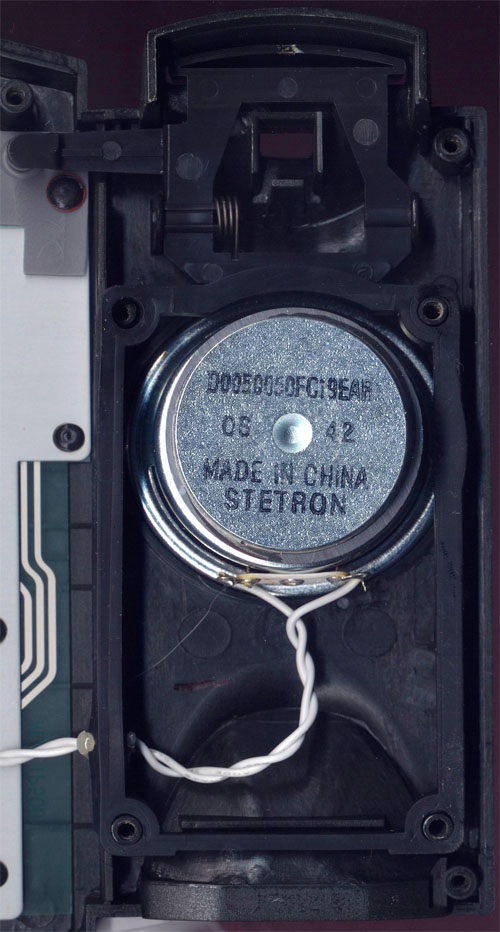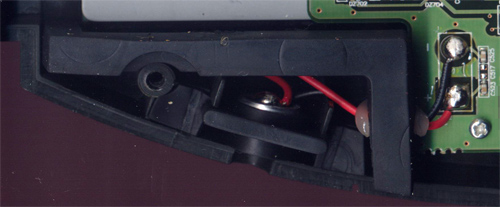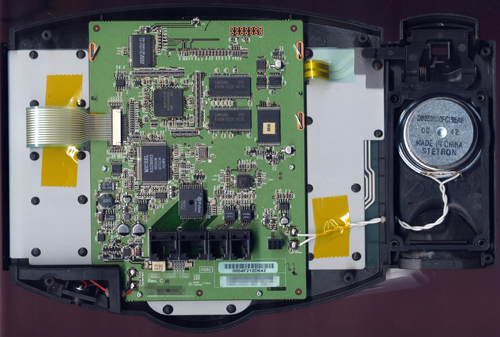As a supplement to the public petition, I submitted a second letter with personal comments to the copyright office as well. It’s all public record, and here’s a copy of it in case you’re interested in what I had to say:
Dear Ms. Pallante,
I am writing in support of proposed exemption classes 3 (consoles), 4 (personal computing devices) and 5 (smartphones and tablets). I am separately filing a petition with about 25,000 signatures of like-minded consumers who also support these exemption requests.
I’ve been on many sides of the DMCA equation – as a developer, a researcher and a user. In the past, I conducted research on the Microsoft Xbox, which led ultimately to a jailbreak for the platform. This happened while I was earning my PhD in electrical engineering at MIT. In addition, as a hobbyist I have tinkered with many platforms, including the Sega Dreamcast, the Nintendo Gamecube, and various printers. Today, my principal business is the development and sales of end-user hardware devices, many of which incorporate cryptographic elements to control access and to maintain privacy.
I have seen a contraction of user’s rights over my two decades in the industry, and a corresponding decline in small business innovation. I would like to ensure the law recognizes and upholds users’ rights with respect to privately owned hardware. These rights enable users to innovate and improve their hardware. I refer to game consoles, tablets, smartphones, and other computing devices in the same breath because as a hardware designer, all of these systems look basically identical on the inside.
The exemptions I am supporting help preserve a traditional notion of ownership. Before the DMCA, there was a clean, bright line at the checkout counter of a store. Once you bought it, it was yours – if you wanted to use it as a doorstop, you could; if you wanted to modify it to do something more useful, that was also fine. If there was a bug or a security problem with the device, you were free to patch it. Without these exemptions, the owner’s right to modify, repair, improve and develop for devices that incorporate now-ubiquitous cryptographic technology is hampered by the potential legal ramifications of jailbreaking.
Repairing your broken game console is a specific example of something that’s risky to do on your own because of the DMCA. As units age, parts wear out and need replacing. For example, the Xbox has a hard drive; a hard drive will wear out after a few years, rendering the console inoperable. Thus, a user who has invested hundreds of dollars into a game library will eventually suffer its loss of use. Due to the Xbox’s security measures, replacing the hard drive requires jailbreaking the console. Without an exemption, users will ultimately be left with the choice of either abandoning their investment, or facing potential legal problems in the course of repairing or seeking the repair of their console.
Of course, for a limited period of time, one option is to buy a new or second-hand console; or if the platform supports it, purchase a next-gen console which incorporates emulation of previous-generation games. However, the popularity of retro-gaming today demonstrates that certain game titles have a timeless appeal, and can be playable for generations. Nintendo’s Mario franchise is deeply embedded in game culture partly because 80’s vintage consoles can be repaired and played again by both new and old gamers. However, the DMCA makes it risky to engage in basic console repairs that require jailbreaks, such as replacing a worn-out hard drive. In essence, retro-gaming ends where the DMCA begins.
The right to jailbreak is also critical for innovation. As a hardware developer and businessman, I know that the developers don’t always get it right. Locking down a platform turns the dialog between users and companies into a one-sided monologue; the DMCA creates legal uncertainty for users who want to look under the hood and develop an informed opinion about their technology. While the dialog between companies and users is not always harmonious, the result in the end is generally a better solution for the general public. Within 3 days of the A5 iPhone jailbreak, almost 1 million users downloaded the jailbreak. There are over 2 million users of the Nintendo Wii who have installed the home brew channel, enabling them to play independently developed video games. And there are at least hundreds of thousands of Xbox users who run the XBMC application, and millions who have downloaded the same app for their PCs.
XBMC originally stood for the “Xbox Media Center”. It was developed on jailbroken Xboxes in response to the limitations of the Microsoft-sanctioned media player application. Microsoft was slow in responding to user requests for an enhanced media playback experience; furthermore, Microsoft media products tended to favor their proprietary formats, limiting user choice. However, due to cryptographic access controls implemented in the hardware, users could not simply write their own media player application. Therefore, a jailbreak had to be developed – exposing the developers to potential legal liability. However, the passion of these developers is reflected in the quality of the software. Today, the XBMC application has migrated from consoles to PCs, runs on everything from Macs to PCs to set top boxes, and has even resulted in new startups, such as Boxee, based around the platform technology. Without a jailbreak, none of this would have come to pass.
There is an incredible reservoir of innovation that is being held back by the DMCA dam, and granting an exemption to consoles, smartphones, tablets, and other personal computing devices will unleash a powerful torrent of new ideas and improvements.
Please grant these exemptions to re-enable grass-roots innovation and to preserve the traditional notion of ownership.
Sincerely,
Andrew “bunnie” Huang, PhD



